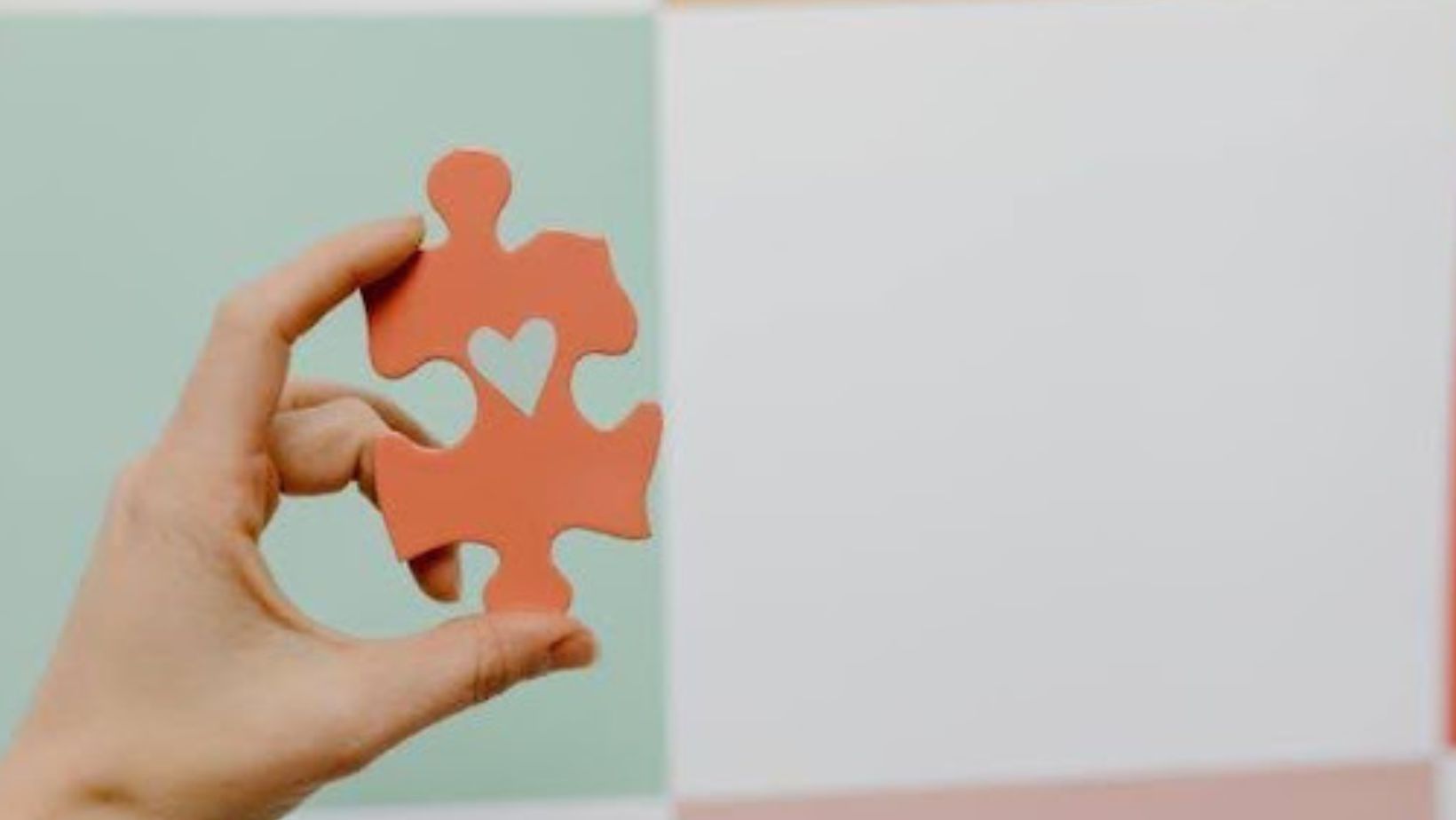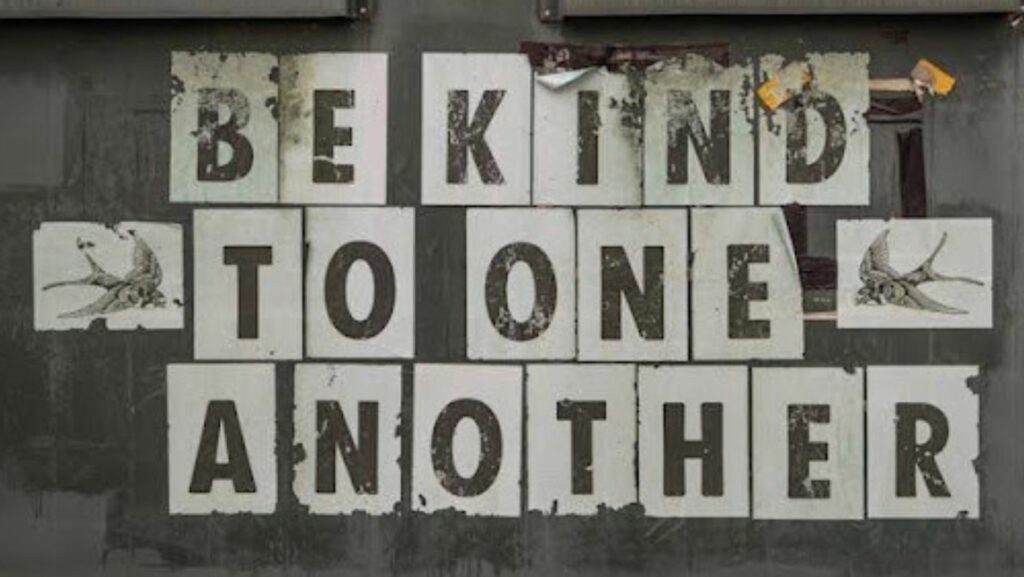You give up your seat on a packed bus. A child climbs in. His mother nods a quick thank you, and your chest feels lighter. The ride hasn’t changed, but something inside you has. That’s the effect of kindness toward others. It doesn’t just help the person you notice. It circles back, empowering your well-being and reshaping the rest of your day.
What Simple Acts Look Like
Kindness isn’t complicated. It shows up in small places: holding a door, offering directions, or checking on a neighbor when the power goes out. These things pass quickly, but they leave a mark. They change how the day unfolds for both sides.
The size of the act doesn’t matter. Some gestures take seconds, others take planning, but the result often feels the same. You remind yourself that you can still reach out. You can still take part in the lives around you.
The Mental Shift
A kind act doesn’t stay outside of you. The brain responds the moment you help. Stress drops. Your body softens. You feel calmer without effort. That is one way kindness toward others changes your mental state.
People who practice kindness often notice their thoughts start to shift. Worries lose some weight. Anxiety doesn’t stick as hard. The more often you repeat the act, the stronger the pattern becomes. Kindness links with reward in the brain, and soon you find yourself looking for new ways to keep it going.
Gratitude Strengthens The Loop
A small act of kindness can spark gratitude in an instant. It might come through a smile, a few words of thanks, or simply the relief you notice in someone’s expression. That moment doesn’t just fade—it circles back and leaves a mark on you as well. As gratitude becomes part of everyday life, the effect builds. Giving or receiving makes little difference, but the cycle continues to reinforce itself.
In addition, the benefits of expressing gratitude show up in mental health as much as in daily mood. This practice encourages the brain to release dopamine and serotonin, which boost long-term happiness and ease negative feelings.
Over time, gratitude has been shown to reduce stress, lower anxiety and depression, improve sleep, and even help with physical discomfort. In many ways, gratitude and kindness sustain one another, keeping the loop alive and growing stronger.

The Emotional Side
Many people carry loneliness without saying a word. A single act of kindness breaks that silence. You see someone smile back, or you hear relief in their voice, and it cuts through the distance. Connection forms, even if only for a moment.
That sensitivity and impact matter. They bring back a sense of belonging. You feel part of something larger than your own problems. The sadness or worry you carried in the morning might not vanish, but it loosens. You’re reminded that you still matter to others, and that reminder changes your mood more than you expect.
Health In The Body
Kindness doesn’t just sit in the mind. It leaves marks on the body, too. In truth, as shown by a study published by Harvard Health Publishing, people who volunteer or help regularly often show lower blood pressure. Some report fewer aches, more steady sleep, or simply feeling lighter. Scientists link this to stress reduction, but also to the structure kindness adds to life.
Take someone who cooks meals for neighbors each week. They stand, move, prepare food, and talk while delivering it. The activity itself keeps them sharp, but the sense of purpose adds more. Health is not only about medicine or exercise. It is also about meaning.

Finding Meaning
Pleasure fades fast. Meaning stays longer and fosters resilience. Kindness builds meaning because it creates value beyond yourself. It tells you that your time counts, that your choices matter.
Imagine someone visiting a sick friend every evening. The world may not notice, but the act shapes identity. It says: I am the person who shows up. That simple statement anchors life when other things feel unstable.
Clearing Up Doubts
Some people hold back because they fear being taken advantage of. Others believe kindness shows weakness. These ideas miss the truth. Kindness is not blind, and it is not soft in the way people fear. Boundaries can stay firm while you still care.
Being kind does not mean saying yes to every request. It means responding when you see a need and choosing to act with clarity. It is strength put into motion, not weakness dressed as care.
Making It A Habit
To keep kindness alive, you must practice. Start with the smallest steps. Hold a door. Share food. Compliment someone honestly. Let someone speak without rushing them. These choices seem minor, but they gather power when repeated.
After a while, you don’t have to search for chances. You notice them naturally. Your eyes catch more. Your body reacts faster. Kindness becomes not something you think about, but something you do.
What The Brain Learns
Neuroscience shows kindness rewires the brain. Regions tied to reward and empathy light up when you help. Over time, these areas grow more active. You see more, you care more, and you respond more quickly.
That means kindness is not fixed at birth. It’s a skill. You can learn it, practice it, and strengthen it. Whether young or old, the capacity remains. Every new act adds to the training.
The Ripple Effect
Kindness doesn’t end with you. Someone who receives help often passes it forward. That ripple spreads through homes, schools, and workplaces. A single moment sets off a chain that touches many.
The ripple may not solve every problem. But it changes the tone of a room, the feeling of a street, the weight of a day. Sometimes that shift is enough. And when you see it happen, you change, too.
Kindness Improves Your Own Well-Being
Kindness toward others is not a gift that empties you. It returns with interest. It softens stress, builds connection, and adds meaning to days that feel heavy. It strengthens health, fuels purpose, and creates ripples that stretch far beyond the first act. Try it once this week. Offer help where it’s needed. Watch what it does for them. Then notice what it does for you.

